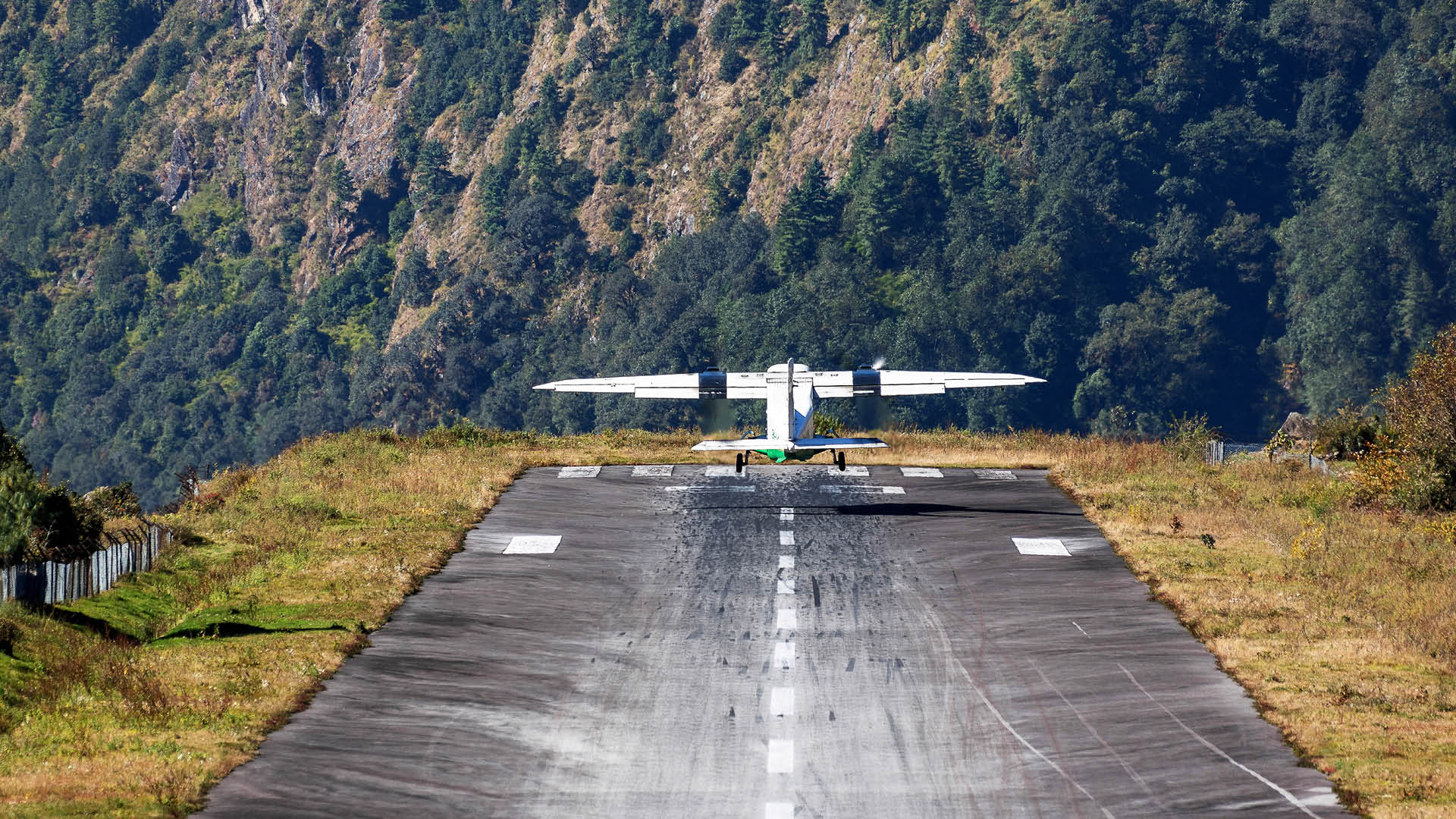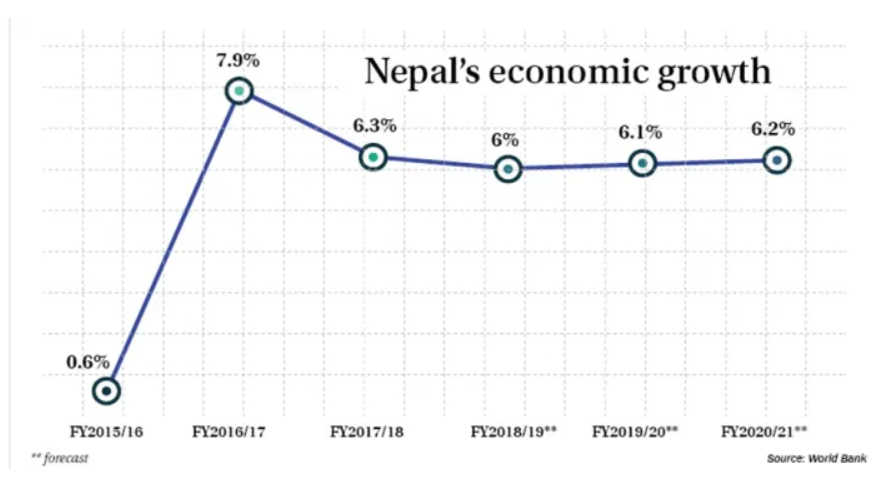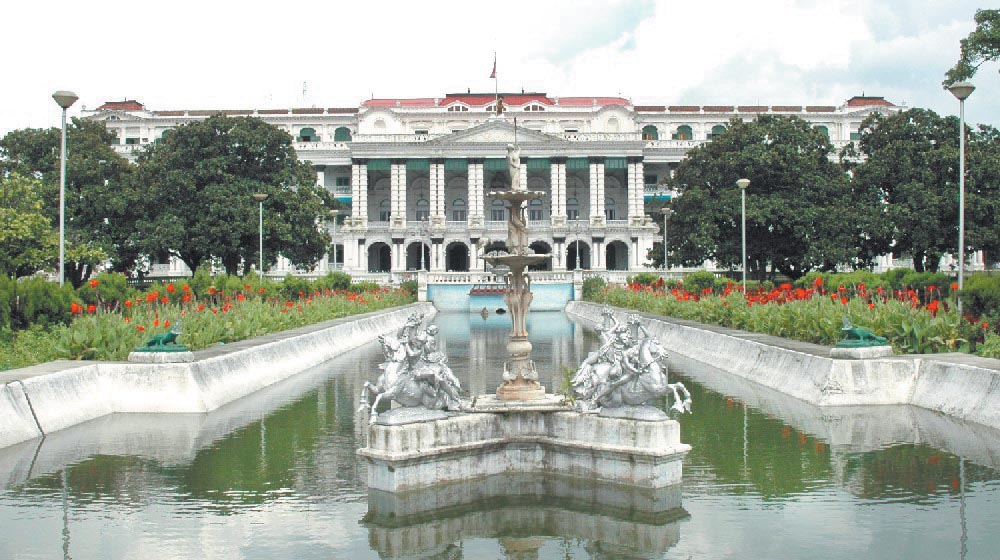Runway Length: Importance and Factors Influencing It

Selecting the runway length is a critical decision for an airport designer because it largely determines the size and cost of the airport, and it controls the type of aircraft that the airport can serve. Additionally, runway length may limit the payload of the critical aircraft and the range available for its flight. The runway must be long enough to allow safe landings and takeoffs by current equipment and by aircraft expected to use the airport in the future.
Importance of Runway Length Selection
- Safety Margins: Longer runways provide buffer space for aborted takeoffs, rejected landings, and emergency maneuvers, reducing accident risks.
- Aircraft Performance: Heavier aircraft or those operating in high-temperature or high-altitude environments require extended lengths to achieve lift or stop safely.
- Operational Flexibility: Accommodates diverse aircraft types (e.g., cargo planes, long-haul jets) and enables non-stop flights by allowing larger fuel loads.
- Economic Growth: Attracts airlines, boosts cargo capacity, and supports tourism by facilitating larger aircraft and increased flight volumes.
Several factors influence the length of a runway in airport design:
-
Performance characteristics of the aircraft using the airport: The required runway length is affected by an aircraft's performance capabilities, including its takeoff and landing distances. Aircraft performance is affected by factors such as weight, wing area, and thrust. The greater the headwind, the shorter the runway length required; conversely, a tailwind increases the required runway length.
-
Takeoff and landing weights of the aircraft: The runway length must be sufficient to accommodate the aircraft at its maximum takeoff and landing weights. The runway length required increases with higher takeoff and landing weights.
-
Airport elevation: Higher field elevations result in less dense air, requiring longer runway lengths to achieve the necessary groundspeed for takeoff. A runway's basic length is increased by 7% for every 300 meters of elevation.
-
Air temperature: Higher temperatures create lower air densities, which reduce lift and thrust, thus requiring a longer runway. The runway length is increased by 1% for every 1°C that the aerodrome reference temperature exceeds the standard atmospheric temperature for the airport's elevation.
-
Runway gradient (slope): An uphill gradient requires more runway length for takeoff, whereas a downhill gradient requires less. The effect of runway slopes is not linear and varies with the weight of the aircraft and ambient air temperature. For turbine-powered aircraft, runway length is affected by 7 to 10% for each 1% of uniform gradient. For planning purposes, the FAA uses an effective gradient which is the difference in elevation between the highest and lowest points on the runway profile divided by the length of the runway.
-
Runway surface condition: The runway surface must be free of irregularities that may affect braking action or otherwise affect takeoff or landing. The presence of contaminants such as rain, snow, slush, or ice increases the required runway length.
-
Wind conditions: The greater the headwind, the shorter the runway length required, and the greater the tailwind, the longer the runway required. Crosswinds also increase the runway length required.
For example, a Boeing 737-800 at Denver International Airport (elevation 1,645m) requires a 228m runway extension compared to sea level. Similarly, airports in tropical regions often need 10–15% longer runways to account for reduced engine efficiency in high heat. These considerations ensure compliance with safety protocols while optimizing airport functionality.




